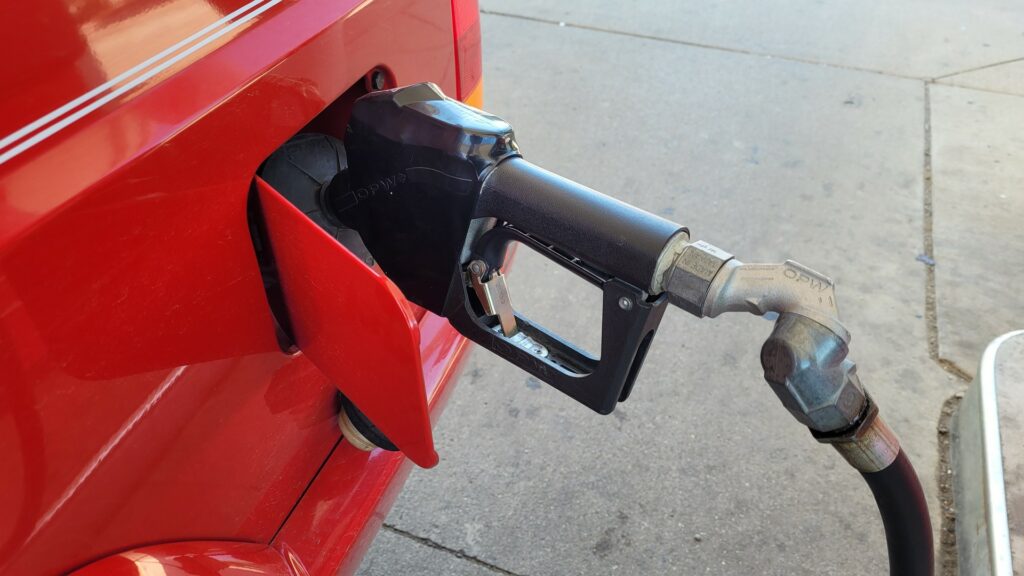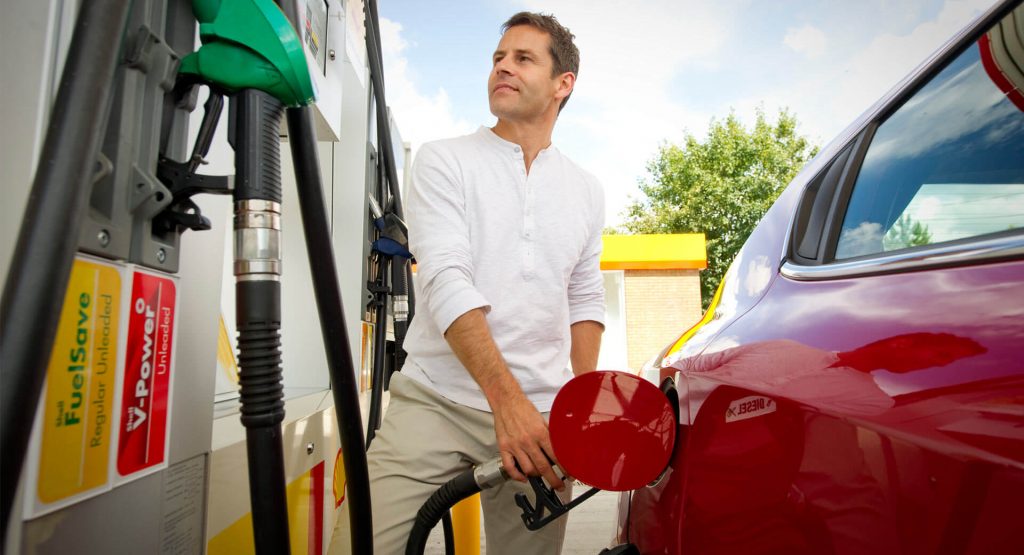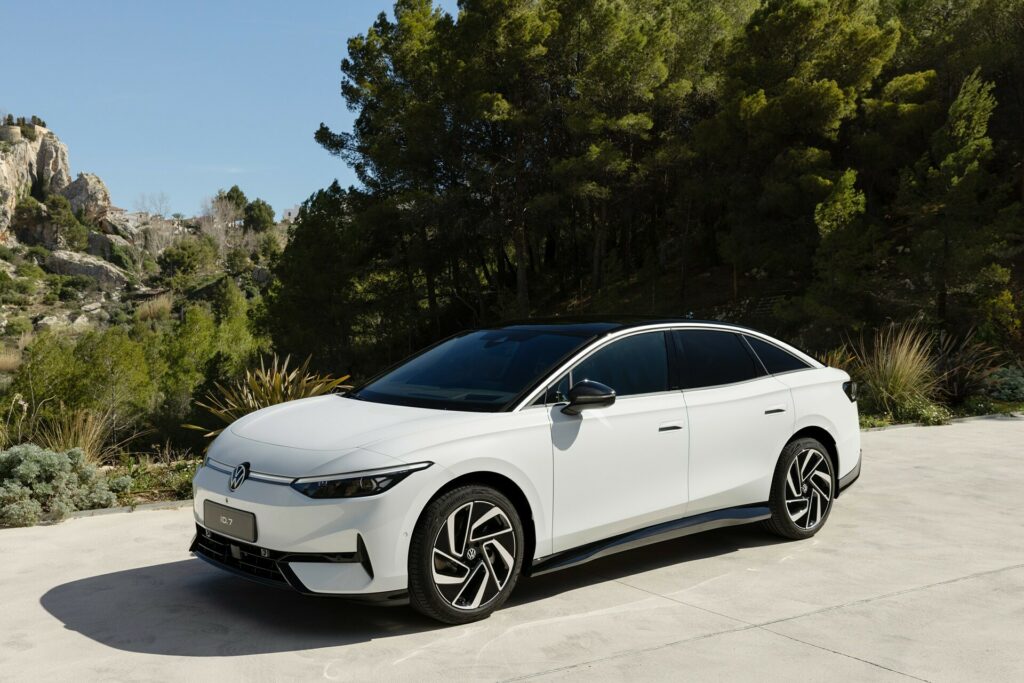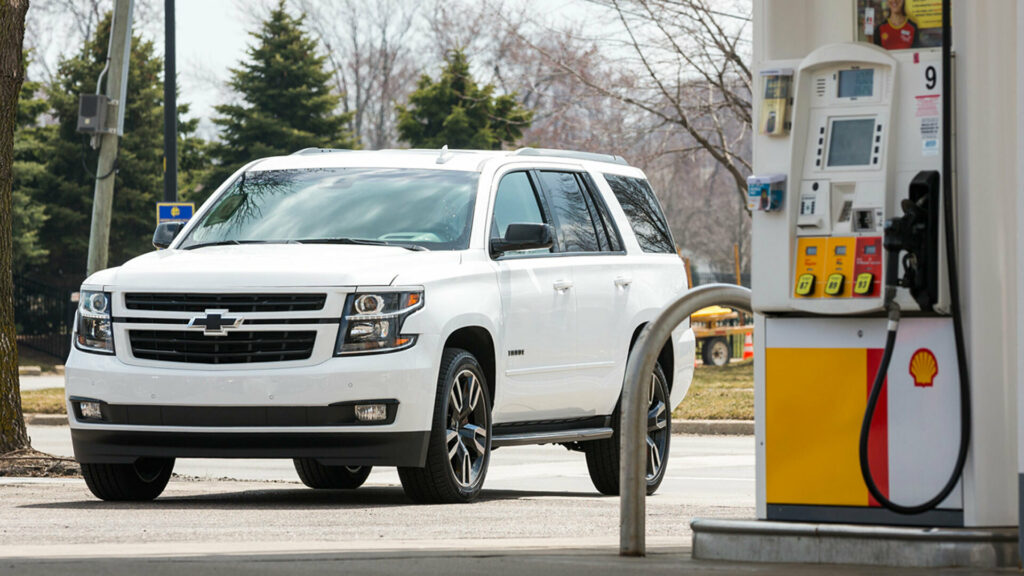- The U.S. government has revealed new fuel economy standards.
- Light-duty vehicles are slated to return around 50.4 mpg for the 2031 model year.
- The government says drivers can expect to save more than $600 in fuel costs thanks to the changes.
The National Highway Traffic Safety Administration (NHTSA) has revealed new fuel economy standards for the 2027-2031 model years. The government says the changes will “save Americans more than $23 billion in fuel costs while reducing pollution.”
Under the new rules, passenger car fuel economy will increase 2% per year for the 2027-2031 model years. Light trucks get a little more breathing room as they’ll see a 2% per year increase for the 2029-2031 model years.
More: U.S. Vehicles Set Record Fuel Economy, CO2 Hits All-Time Low In 2022
The NHTSA says the new standards will bring the average fuel economy rating of light-duty vehicles up to approximately 50.4 mpg by the 2031 model year. This is slated to save owners more than $600 in fuel over the life of their vehicles.
Heavy-duty pickup trucks and vans are also slated to become more efficient under the new rules. Both will see efficiency “increase 10% per year for model years 2030-2032 and 8% per year for model years 2033-2035.” The government says this will bring their average fuel economy rating to approximately 35 mpg by 2035, saving owners more than $700 in fuel over the lifetime of their vehicle.

Longer term, the standards are slated to save nearly 70 billion gallons of gasoline through 2050. The NHTSA also says the standards will prevent more than 710 million metric tons of carbon dioxide emissions by 2050.
NHTSA Deputy Administrator Sophie Shulman said, “When Congress established the Corporate Average Fuel Economy program in the 1970s, the average vehicle got about 13 miles to the gallon. Under these new standards, the average light-duty vehicle will achieve nearly four times that at 50 miles per gallon.” She added, “These new fuel economy standards will save our nation billions of dollars, help reduce our dependence on fossil fuels, and make our air cleaner for everyone.”
The final rule is 1,004 pages long, but the government noted the “NHTSA does not consider electric and other alternative fuels when setting standards.” This has been a point of contention, but “manufacturers may use all available technologies – including advanced internal combustion engines, hybrid technologies and electric vehicles – for compliance.”

It’s also worth noting some of the statements made in the document are no longer true or are, at the very least, optimistic. In particular, on page 488, it mentions the electrification plans of a number of automakers including GM, Mercedes, and Volkswagen.
All three of these companies have started walking things back and Volkswagen recently announced plans to delay the North American launch of the ID.7 to some undetermined point in the future. Mercedes has also punted their EV plans, while GM is talking up plug-in hybrids despite saying their 2035 goal remains in place.





